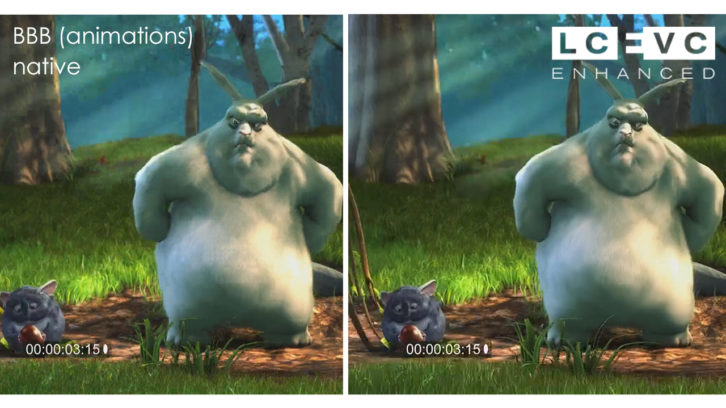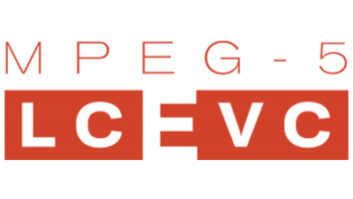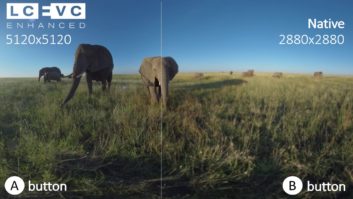V-Nova recently announced the licensing terms for V-Nova LCEVC, a software development kit and a wide range of reference integrations that add MPEG-5 Part 2 LCEVC (Low Complexity Enhancement Video Coding) ISO/IEC 23094-2 encoding and decoding to any existing video delivery workflow, device or application.
The company’s CEO and co-founder Guido Meardi takes TVBEurope through the terms, how quickly he believes LCEVC will be adopted by the industry, and the technology’s next steps.
V-Nova has announced the licensing terms for V-Nova LCEVC, can you provide us a summary?
The V-Nova LCEVC terms are designed to be low complexity, fair and modern. They can be summarised in three points:
- Free for integration by device or chipset manufacturers, operating systems, browsers, for in-house development and encoder or player vendors
- Low-cost and capped for services, with overall cost based on service size. The per-active-user licenses start from as little as $0.01 per year and is capped at $3.7 million
- Designed together with customers and key industry players to meet their needs and ensure swift adoption
In what way to these terms differ to existing fee structures?
Echoing the LCEVC standard, these terms are low complexity and akin to a modern SaaS (software as a service) model. For the companies that are critical for the ecosystem but do not derive a direct benefit from this technology, LCEVC will be free, eliminating key barriers to adoption. Services that derive the direct measurable benefits of greater user-engagement, increased reach, and reduced operating costs will incur a low-cost and capped usage fee.
Traditionally, licensing terms can take years to be defined, but V-Nova has managed it in record time. What were the key factors in enabling such a quick decision?
LCEVC is different from other compression technologies. It is an enhancement, rather than a full codec. It is low-complexity, meaning that the tools are fewer and simpler. And it is deployable today on both new and existing infrastructure, including devices that are already in the hands and in the households of end-users. We worked hard to have software implementations and a licensing structure in parallel to the standardisation process, so as to make LCEVC deployable as soon as possible.
What do you expect to happen as a result of this innovative terms structure?
We designed this structure to encourage rapid and widespread adoption. LCEVC can be deployed as a software update immediately, rather than waiting for dedicated device hardware availability. Consequently, it is paramount for integrators and services to have early visibility and clarity on the terms and low-cost fees for the software.
Do you believe its adoption will be quick?
The terms were developed together with customers and key industry players, so they reflect the feedback we received. Many services are looking for ways to quickly upgrade and optimise delivery to satisfy customer demand for higher-quality and more reliable streaming and LCEVC can enable that whilst helping to accelerate the rollout of next-generation codecs too.

LCEVC has been described as an ‘enhancement’ to existing codecs, so do you anticipate that we will see a wider adoption of multiple codecs?
We are already in a multi-codec video delivery world. As a codec-agnostic enhancement, LCEVC enables the improvement of the performance of existing workflows as well as lowering the barrier to deployment of new ones, reducing the computational cost of new codecs and enabling their decoding in software.
For example, it has been demonstrated that LCEVC can reduce the computational load of AV1 by over a factor of 3x, hence making live AV1 transcoding much more feasible, reducing the impact of VoD transcoding on the data centre. In addition, on the decoding side LCEVC enables reliable HD decoding on mobile devices in software, at up to 50 per cent lower battery drain. All of this can significantly accelerate the adoption of next-generation codecs such as AV1, by enabling playback in a host of devices without dedicated decoding hardware.
Will V-Nova offer support that goes beyond the licence?
Yes, we understand that deploying new technology is a big decision for anyone and we are keen to make the deployment of LCEVC as easy as possible for our customers so that they can quickly realise the benefits. Support is included in both the licensing packages as outlined below and more comprehensive support packages are available upon request:
With licensing terms agreed, what are the next steps for LCEVC in terms of general release?
Due to its low-complexity nature, LCEVC can be implemented at all levels of the software stack and we already have implementations in software for applications running on all major operating systems or in a browser. We are currently supporting a number of partners with the deployment of LCEVC-enhanced products and services as part of our Early-Adopter program. Interested companies can contact us to access the V-Nova LCEVC SDK for evaluations and upcoming deployment projects.





